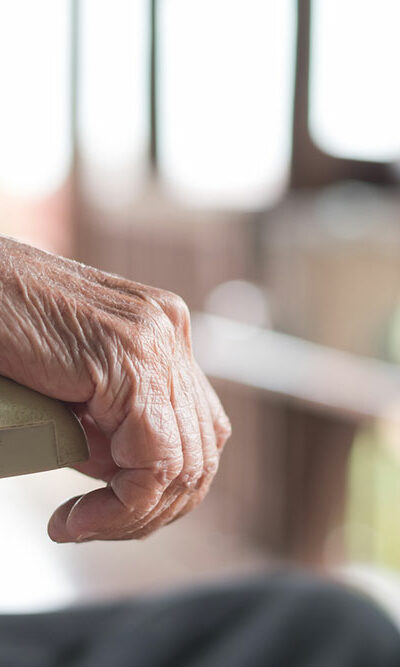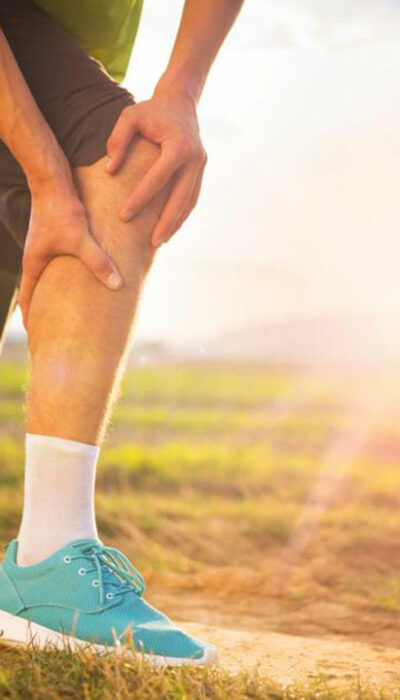
Do’s and Don’ts of Kidney Disease Diet Plan
Kidney disease weakens your kidneys, and they no longer work as efficiently they are supposed to. Reasons that affect the kidneys can be many, but one thing is common for all people who are suffering from kidney diseases is they should watch what they eat. Your diet goes a long way to protect your kidneys, and in turn, you can get saved from other diseases like high blood pressure and diabetes. The Kidney disease diet plan should be chalked out very carefully, and if you have had a kidney transplant or are on dialysis, your doctor can give you the best diet plan. Let’s see the diet Do’s and Don’ts for people with kidney problems. Before you know what to include in your diet, consider the foods that you must restrict to keep your kidneys better functioning for longer. Foods to avoid: Sodium: Limit sodium or salt intake in your food. If you are buying packaged food, read the label for salt and monosodium glutamate content. It’s always better to pick foods that are low in salt or free from added salt. That means most common snacks like chips, popcorns, salted peanuts are out of your diet list. Canned foods contain a lot of salt in the form of preservatives. It’s better to include fresh poultry and meats in your meals replacing the preserved versions. There are many ‘lite salts’ on the market shelves, but before you pick one, take your doctor’s advice because these are often high on potassium which is again included in the ‘To avoid’ list of kidney disease diet plan. Protein: A weak kidney cannot handle too much of protein. Excess protein in your diet can cause stress to the organ. At the same time, a little bit of protein is also required to help the body gain strength and to fight infections.










